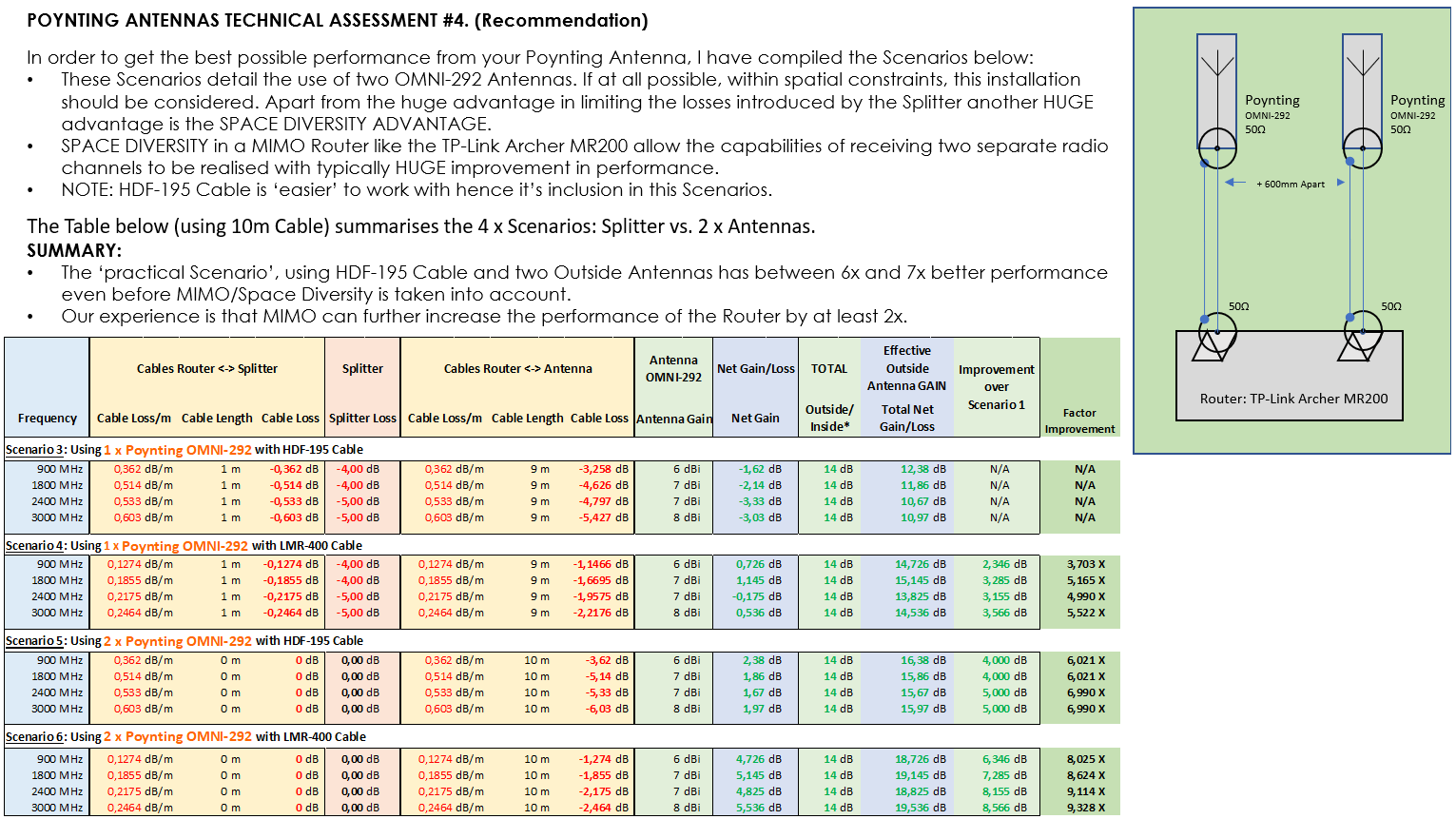Top 5 Tips for selecting and installing Marine Antennas
The challenges for Mariners in terms of modern ship-to-shore, also known as ‘near shore’ communications using LTE, 4G and 5G mainly relates to the ability to receive a good enough signal from land based Base Stations. In this ‘5 tips for selecting a Marine Antenna’ I have considered that ‘Marine’ does not necessarily mean only an ‘ocean going vessel’ per sé but all vessels using the ocean, inland waterways or vessels moored in a harbour or other protected area.
Most vessels now use an active Internet connection, be it for leisure, navigation, or other data such as logistics or other data related applications. Satellite communication, particularly for leisure Craft, is often prohibitively expensive.
Let’s deal with ‘ocean going’ vessels first
Being an old catamaran sailor, I have a healthy respect for the sea and how pitching and rolling affects sea-going vessels. Of course, for larger sea-going vessels nowadays, the ability to communicate with Servers, be it Company Data Bases, Email- and/or Cloud Servers, Navigation Systems etc. using land-based Radio Frequency Base Stations has become the norm.
Mobile Internet Service Providers have realised the opportunity to not only provide services to Seaside Communities, Coastal Cities and Harbours but to extend these capabilities to Vessels mainly traversing waters within reach of land based Base Stations, commonly known, as mentioned before, ‘near shore’ communication systems.
Whilst this is great for the Vessel owner it does also create a certain amount of dependency on being able to receive a signal under adverse weather conditions such as turbulent seas.
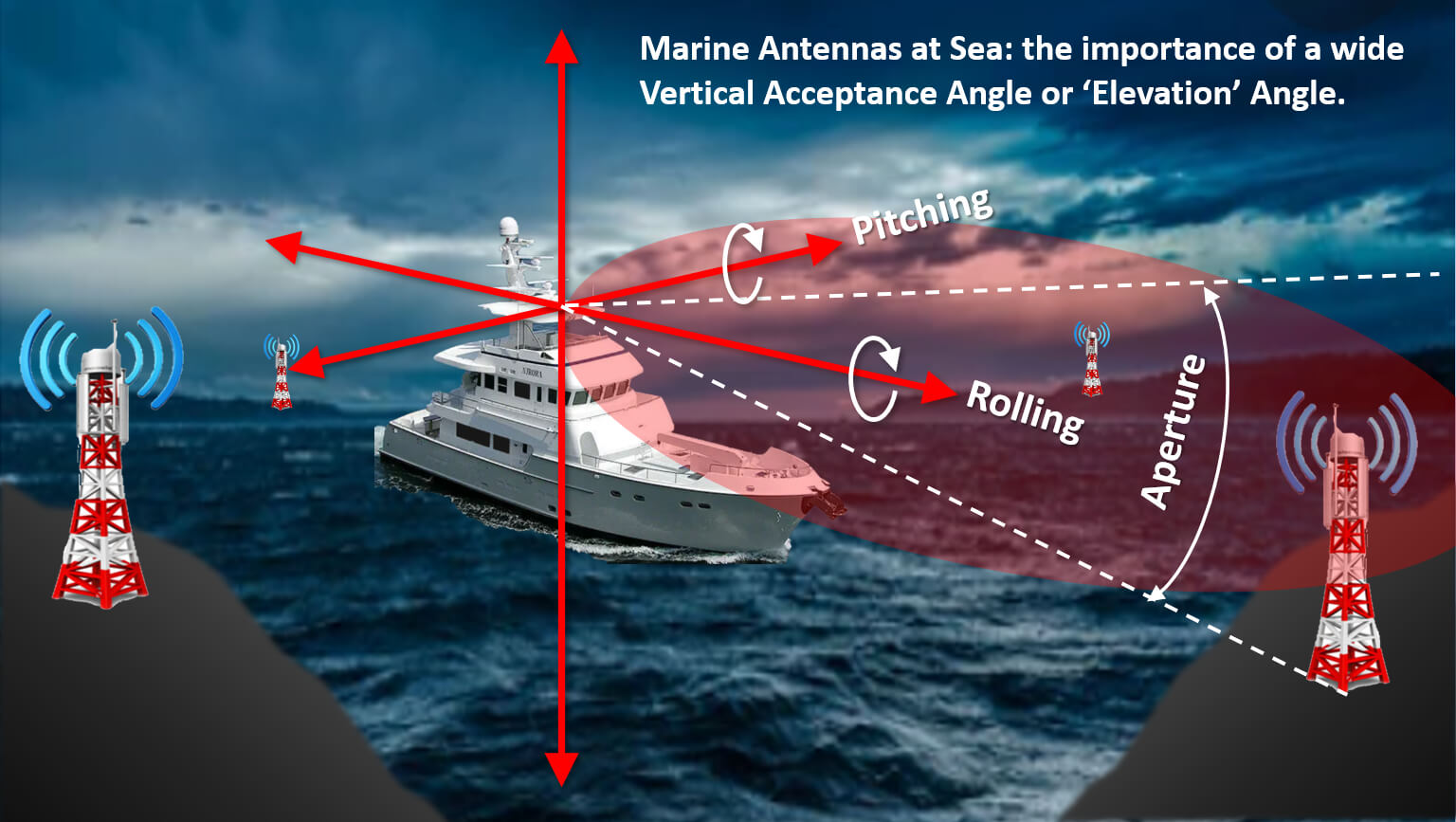
The major consideration for turbulent seas is of course the Pitch and Roll of the Vessel. This places a demand on the ‘Elevation’ or ‘vertical aperture’ of the Antenna/s installed on the Vessel.
Figure 1. Shows the relevance of Pitch and Roll in turbulent seas to the Elevation (Vertical aperture) of the Antenna. So, no matter how rough the Seas may get, we’ll keep you connected.
However, ‘Elevation’ of the Antenna is however just as important when the Vessel is moored in a location like a Harbour or other protected location where the Base Stations are elevated above the position of the mooring.
Refer to Figure 2. which depicts the challenge of Base Stations located at higher elevation/s around moorings.
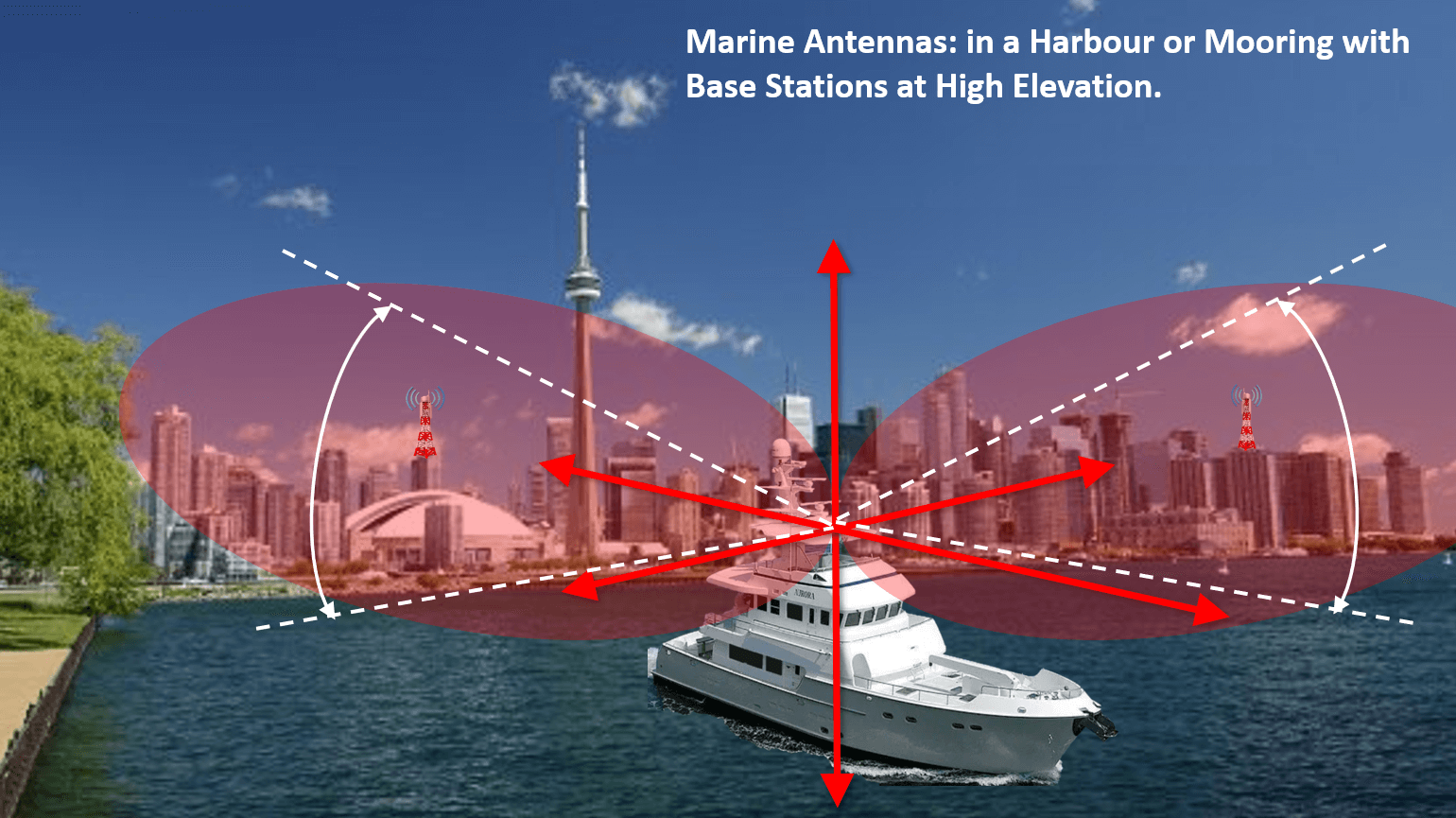
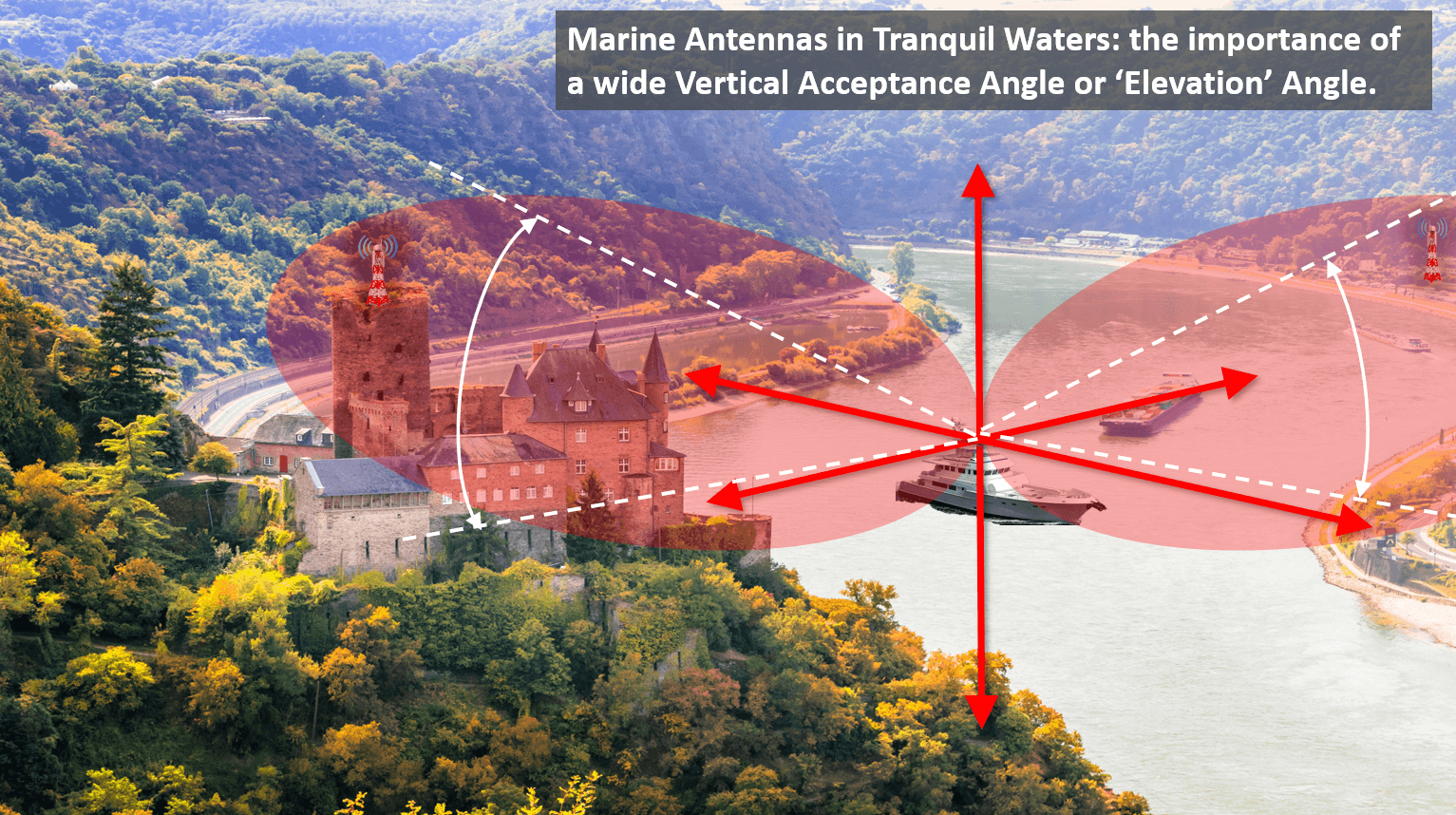
Many of the waterways such as for instance the Rhine River waterway has highly elevated Shores necessitating Base Stations to be erected high above the waterway. This similarly places a demand on a large Elevation aperture for the Antenna.
Figure 3. depicts such a scenario.
1# Look for an Antenna with a good Vertical (Elevation) Receive Angle
At POYNTING Antennas, we go to great lengths to ensure that an appropriate Elevation (or ‘vertical aperture’) an Antenna is maintained across all the frequency bands used by modern data communications systems.
All our documentation depicts the ACTUAL, measured in our Anechoic Chamber, results of our Antennas.
At POYNTING we design our Antennas with best-in-class Radiation Pattern to ensure that a Marine Vessel will have the best possible connection no matter the circumstance.
If the Marine vessel travel out to sea or further distance away from the Base Stations, consideration should be given to Space Diversity in the Vertical Plane.
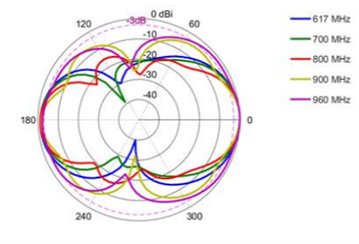
Elevation – Check your Marine Antenna’s ability to receive a good ‘vertical’ signal optimising reception performance when:
- In rough Seas when your Vessel is Pitching and Rolling
- In a Harbour or on a mooring with Base Stations located at higher elevation
- Travelling in calm waters but with Base Stations located at higher elevation than the Vessel
SPECIAL NOTE ON SPACE DIVERSITY:
Space Diversity becomes important when traversing waterways, be it at sea, in a harbour/mooring or inland waterways.
Electromagnetic waves traveling across water bodies tend to reflect off the surface cause a phenomenon known as ‘multipath’ which simply means that multiple reflected signals are received at the receiver.
Installing a Router capable of 2 x 2 MIMO (Multiple Input Multiple Output) allows the installation of two Antennas capable of receiving two different signals bearing the same ‘data stream’ and in doing so, can double the performance of the received signal.
In instances like these vertically spaced multiple Antennas can be very beneficial. The ‘multipath reflection’, mainly reflecting off a horizontal ‘plane’, the water’s surface, predominantly creates different path lengths vertically hence the benefit of vertical separation (rather than horizontal separation). making use of constructive multipath reception increasing the performance through the MIMO capability of the LTE, 4G and 5G Routers.
#2Your Marine Antenna’s ability to receive a good signal from ANY direction your Vessel may be travelling, also known as an Antennas’ Azimuth
Selection Criteria: Good Horizontal (Azimuth, 360°) Receive Angle
The mobility of a Marine Vessel provides a challenge to the receiving Antenna. The Azimuth of an Antenna is the Horizontal Radiation Pattern which just refers to the Antennas ability to receive a good signal from any direction i.e., allows the reception of signals 360° around the Vessel.
Imagine the frustration of approaching a harbour and relying on signal from a LTE, 4G, 5G Tower on Starboard, for example 37° and suddenly, due to an anomaly in the Antenna’s ability to receive a good signal from that direction, you lose approach information for the Electronic Chart Display and Information System (ECDIS).
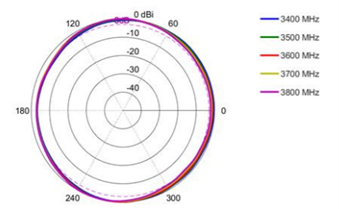
NOTE ON SPACE DIVERSITY:
If space on the mast of a Vessel permits, it would be good to have two Antennas, as per my previous NOTE, spatially diverse in the Vertical (Elevation) plane.
If spatial diversity can be achieved in the Horizontal plane given space on the mast of a Marine Vessel, that would be an added bonus.
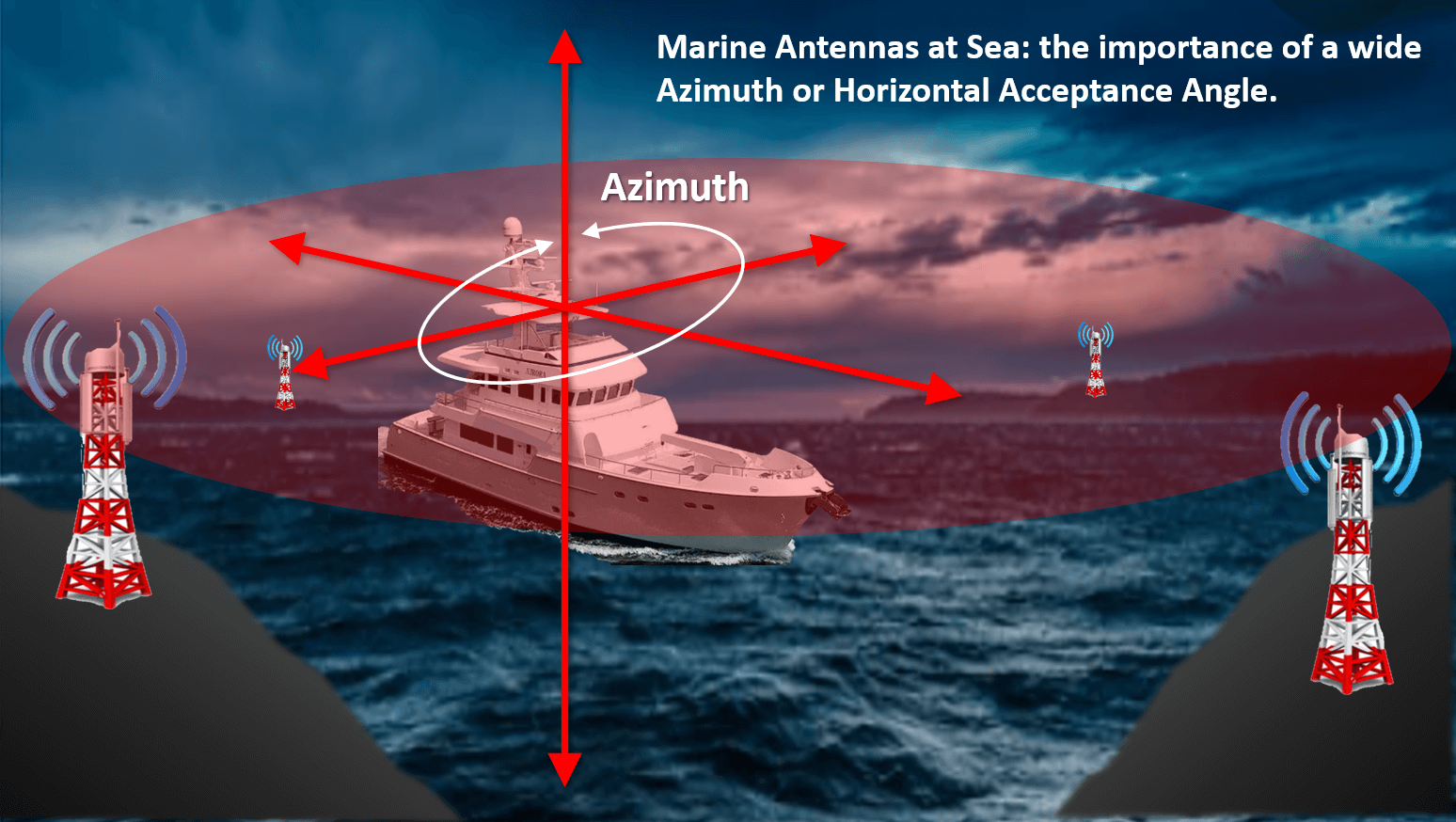
Spatial diversity in the Horizontal plane should be considered if the Marine Vessel frequently travels in areas such as Harbours, and/or Coastal Inlets or Riverbanks where the probability of Reflections in the Horizontal plane are high from objects such as Harbour buildings, high riverbanks etc.
At POYNTING we design and test our Antennas using our Anechoic chamber to give you the best possible ’all-round’ connectivity over longer distances from the shore, in every direction.
So, no matter whether you’re coming- or going, POYNTING will keep you connected over longer distances over any Water Body, be it the Ocean, a Lake, or a River with Communication Towers high up on the Embankment, we’ve got you covered.
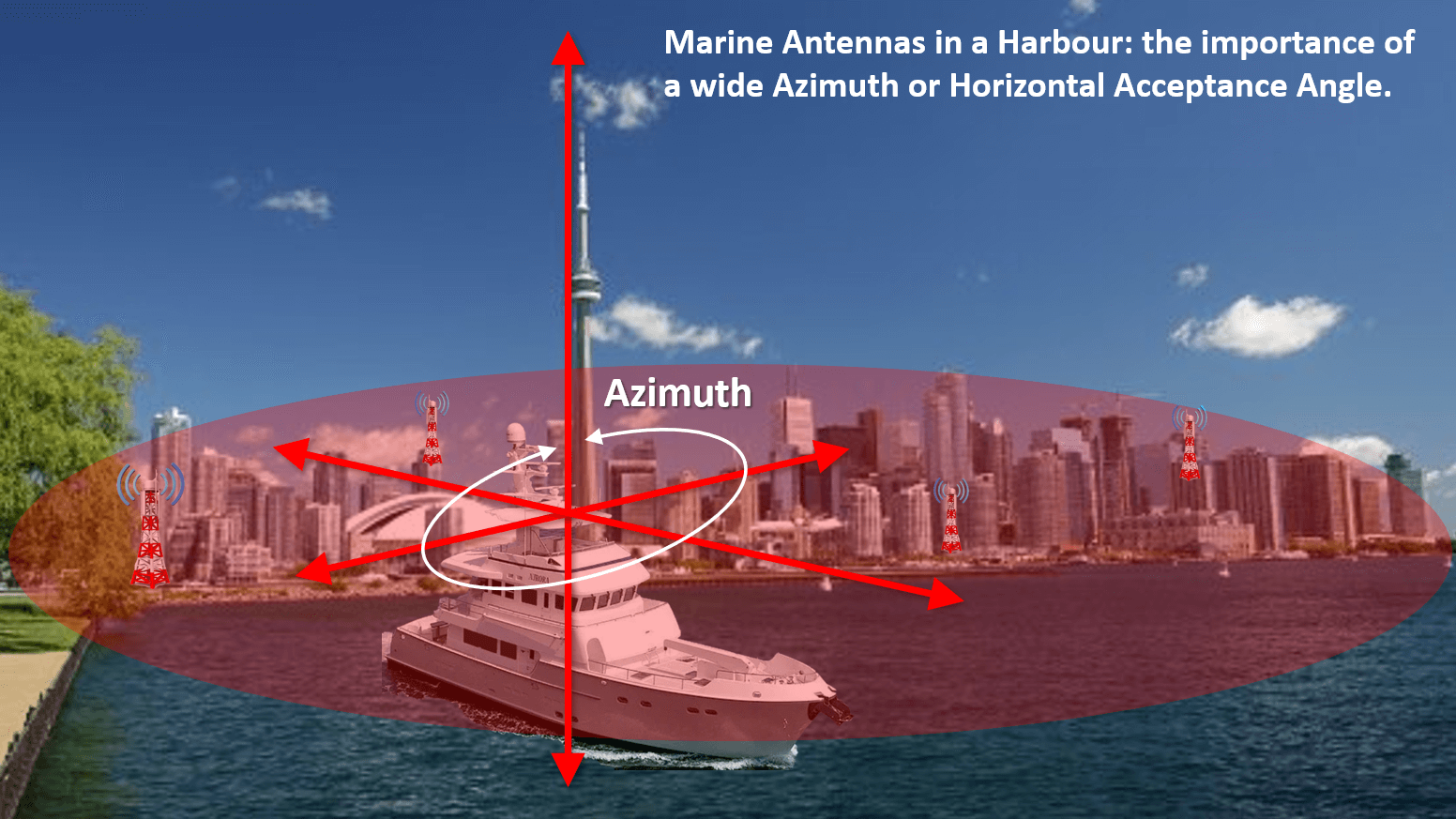
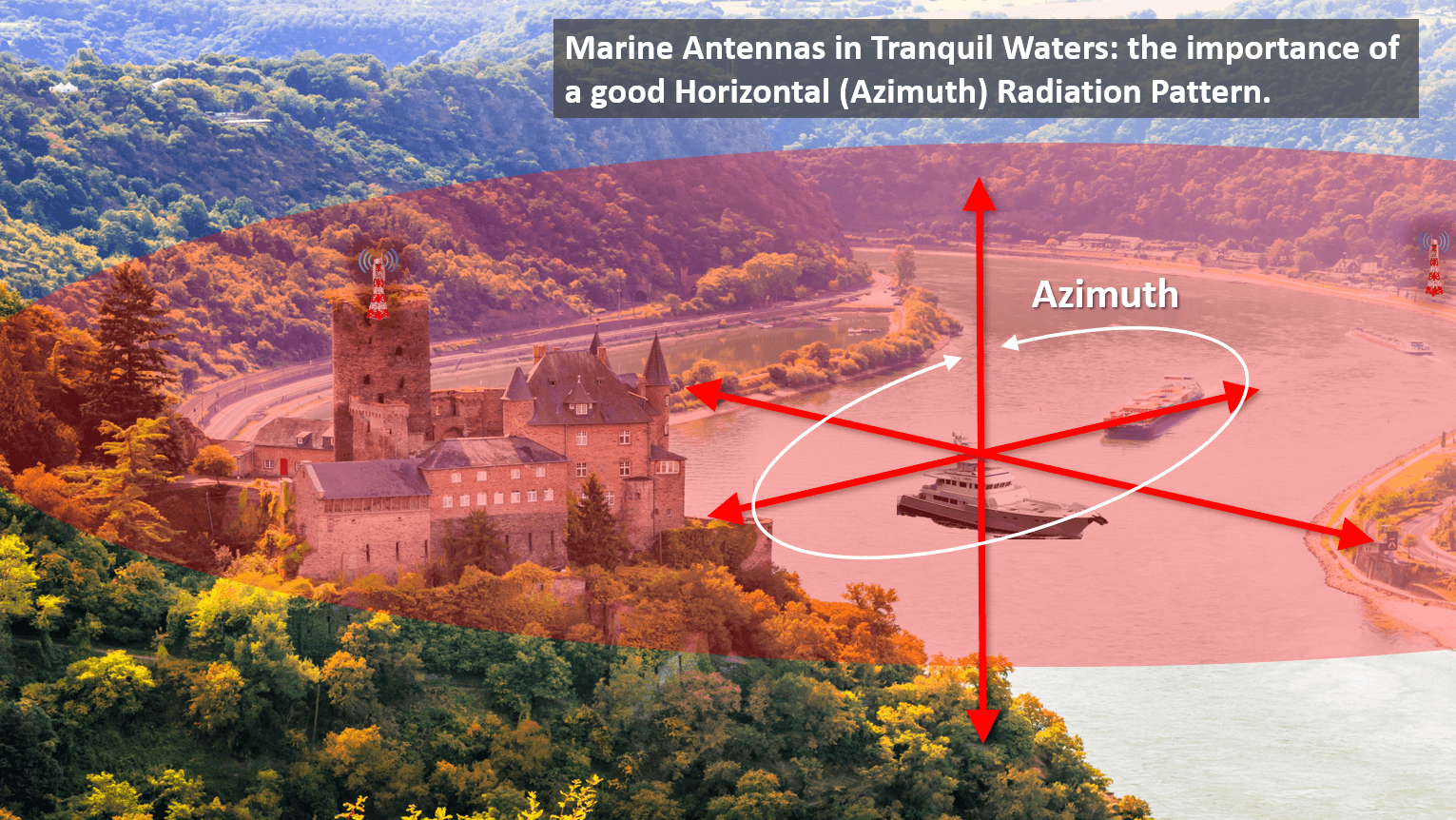
Figure 6. Even when traversing inland waterways, multiple Base Stations are deployed along the Riverbanks. It is important that the Navigation System, Cloud Servers, and your on-board music does not get interrupted
3# Durability (Will last in the Marine environment; was designed for Marine use)
One of the most frustrating scenarios when on the water is communication breakdown due to a broken or failing Antenna.
All POYNTING Marine Antennas are at least IP65 rated which means it can withstand the harsh elements of the Oceans giving you peace-of-mind that the likelihood of your Antenna failing you due to physical damage is very remote indeed.
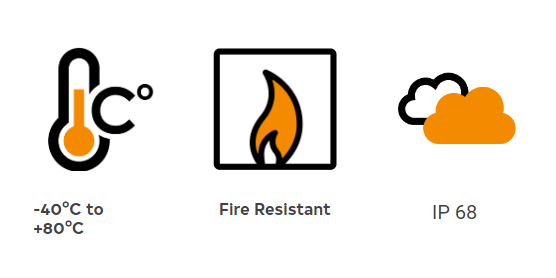
#4 Selecting: Future Proof. (Will work now and for years to come!)
The deployment of Base Stations is a very dynamic undertaking. This means that Mobile Network Operators and Internet Service Providers are continuously upgrading their Services and one such aspect is the Frequency Bands for newer services.
This could mean that the Antenna you buy today may not be able to receive newly deployed services due to limited coverage of future Frequency Bands chosen by the Service Operator. At POYNTING we design our Antennas to cover all the possible Frequency Bands likely to be used far into the future.

At POYNTING we understand the necessity of being able to use one, good quality Antenna that will adequately cover ALL the Frequency Bands with good performance across the entire Radio Frequency spectrum protecting you investment for years to come.
5# Installation: Consider the installation cable losses.
Keeping cable losses to a minimum is extremely important. At POYNTING, we supply you with all the necessary ‘know-how’ on Antenna mounting options and how to make sure your Antenna performs at its best.
Space Diversity, as mentioned before, is another installation consideration where placement and distance between Router and Antenna needs to be considered.
Example of POYNTING Antenna assessment for client:
